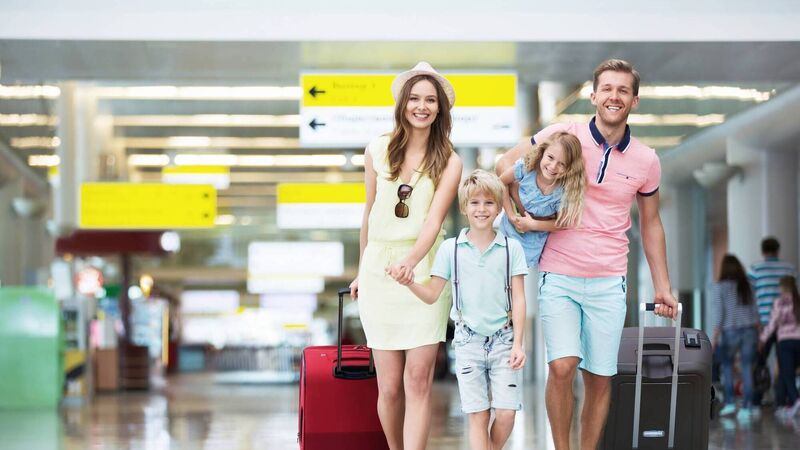Neurodivergent travel: Advice and supports for holidays and transport

Neuroaffirmative families can balance travel and new experiences with certainty and exploring strengths and interests





- @ailsdhd
- Write a list in the few days before you leave, with everything you need to travel, and everything that needs doing at home before you leave
- Take notes on your phone as you go about the day — make note of what you use/need in a day
- If applicable, check meds, and fill prescriptions if there isn't enough for the trip
- Check any visual guides to your destination — maps, videos, etc — as well as familiarisation tours for airports and other facilities
- Chargers for all devices: phone, toothbrush, smartwatch, shaver, laptop
- Toiletries: shampoo and conditioner, body wash, face wash, razor
- Meds: enough to follow your regular prescription for the duration of the trip
- Clothes: pack for the weather, try to pack outfits that match/can be layered to save space
- Skincare: suncream, moisturiser, makeup, cleansers, removers
- Sensory/comfort: fidget toys, headphones/earplugs, books, games machines, other personal comfort items
- Identification/assistance: sunflower or other airport lanyards or wristbands - check with airport OCS desk in advance (see below)
- Passport/other documents
- Local currency exchanged, or use of digital payments, like Revolut or Google Pay
- AC adaptor for local electricity outlets
- Online check-ins for flights
- Proof of vaccinations/negative PCR test/masks for airport and flight
- Booking information for flights and accommodations - printed, if needed
- A trip itinerary - printed, if needed - check with others travelling if unsure
- Check regular household jobs have been done — bins, tidying, washing/draining boards — fewer headaches when you get back in!
- Check in with trusted individuals regarding jobs that might need doing while you're gone, or to receive/hold post if needed
- Check that all windows and doors are locked before heading out, confirm with friends/family if you think you'll be unsure

Celebrating 25 years of health and wellbeing








